3.1. Circular Bars - vertical. In Figure 8 a new type of bar is introduced: a circular bar with holes. There are two main ways to make holes in circular bar: it can be done in the plane of the circle of the bar or perpendicular to the plane of the circle of the bar. The last case we will call ‘bars with vertical holes’. And now using Escher’s idea of distributing the holes on the bars we can make some nice ‘weaving’ patterns with circular bars. The examples show eight, six and five holes respectively (Figures 9 - 13).

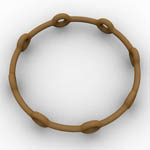

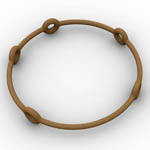
Figure 8: Circular bar.
Figure 9a: Ring, 8 holes.
Figure 9b: Ring, 6 holes.
Figure 9c: Ring, 5 holes.
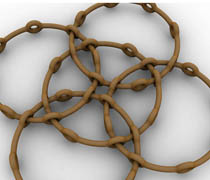

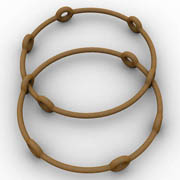
Figure 10a: Connecting rings ‘8’.
Figure 10b: Connecting rings ‘6’.
Figure 10c: Rings, '5'.



Figure 11: Weaving pattern ‘8’.
Figure 12: Weaving pattern ‘6’.
Figure 13: Weaving pattern ‘5’.

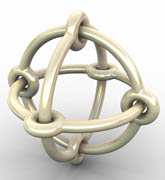
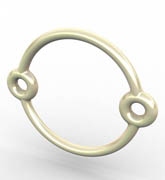
Figure 14: Ring patterns on the spheres.
Figure 15: Three rings.
Figure 16: Two holes.
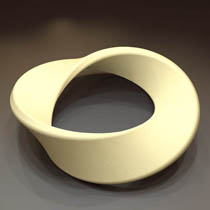

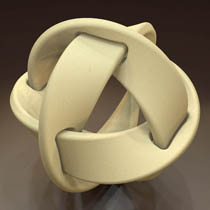
Figure 17a: Twisted band.
Figure 17a: Band with holes.
Figure 18: Final object.
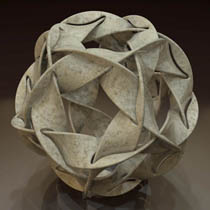


Figure 19: 6 Twisted bands.
Figure 20: Ring with holes.
Figure 21: Icosidodecahedron.